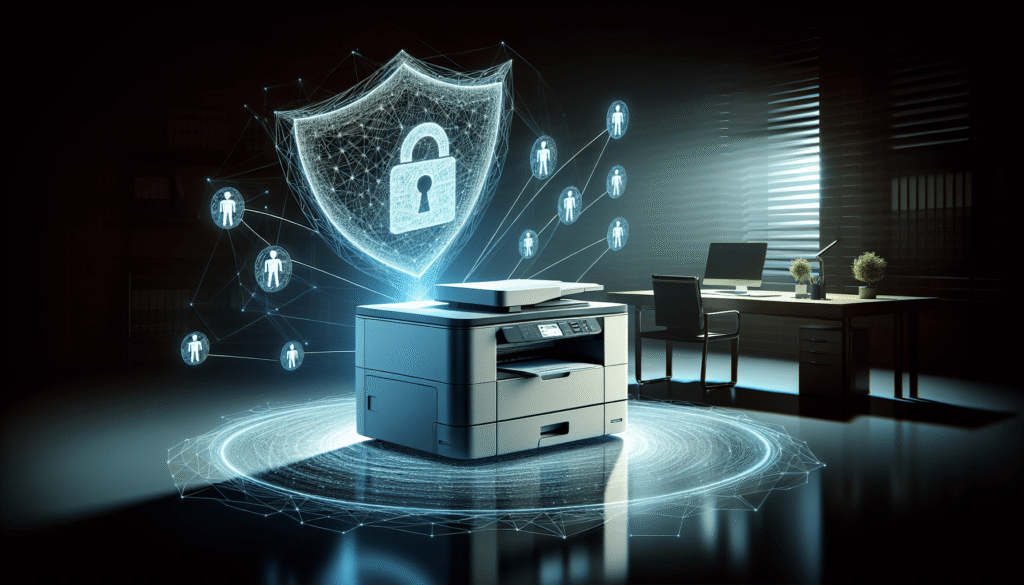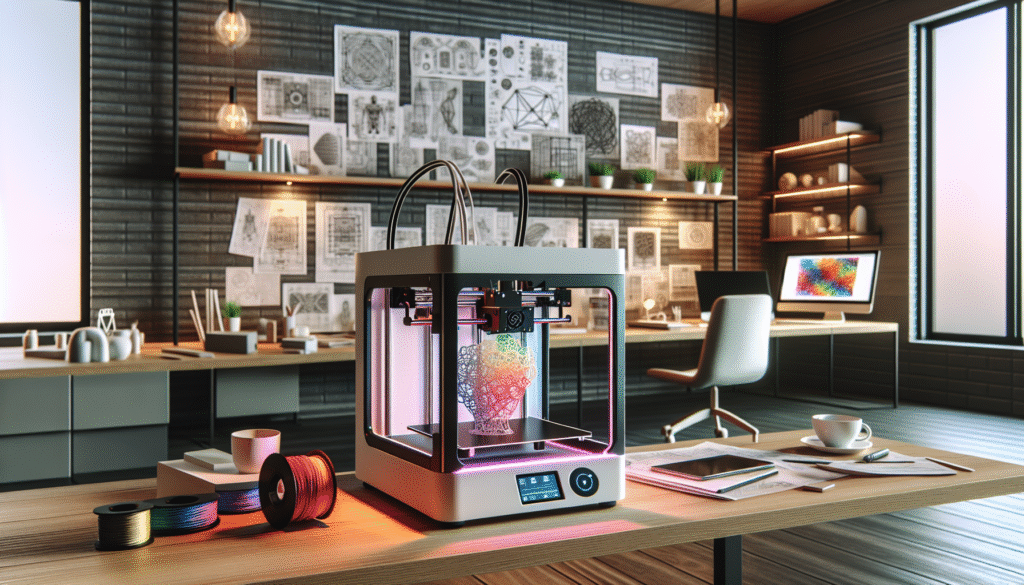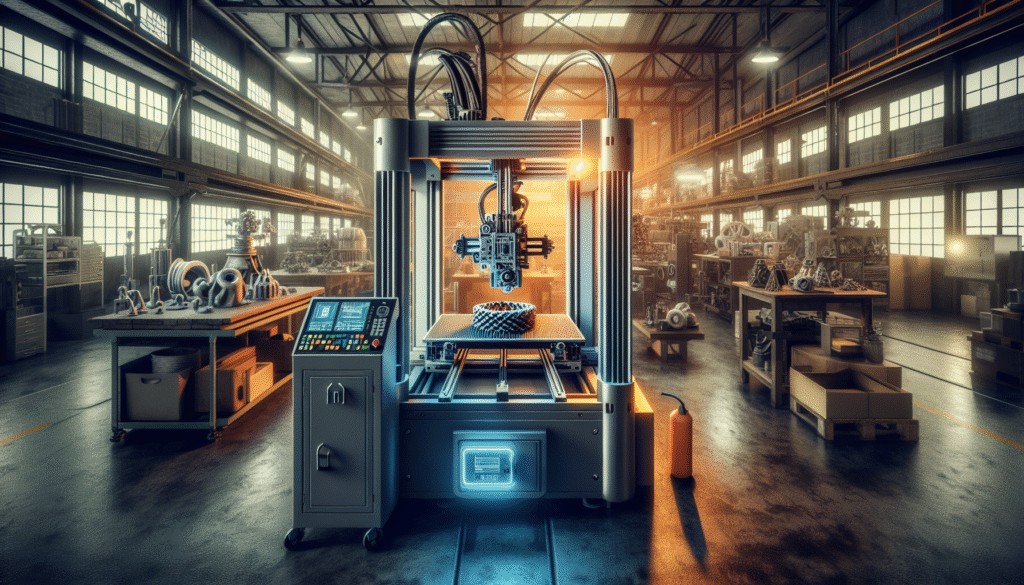Have you ever wondered if we’ll truly reach a point where paper-based office documents become obsolete? I ponder this question quite often as I navigate my way through both digital and physical realms in the workplace. There’s something alluring about the convenience of digital files that can be shared at the click of a button, yet there’s also a certain charm and tangibility in holding a piece of paper. It’s time we take a closer look at the evolution of office printing, from the promise of a paperless future to the hard reality of enhancing physical documents.
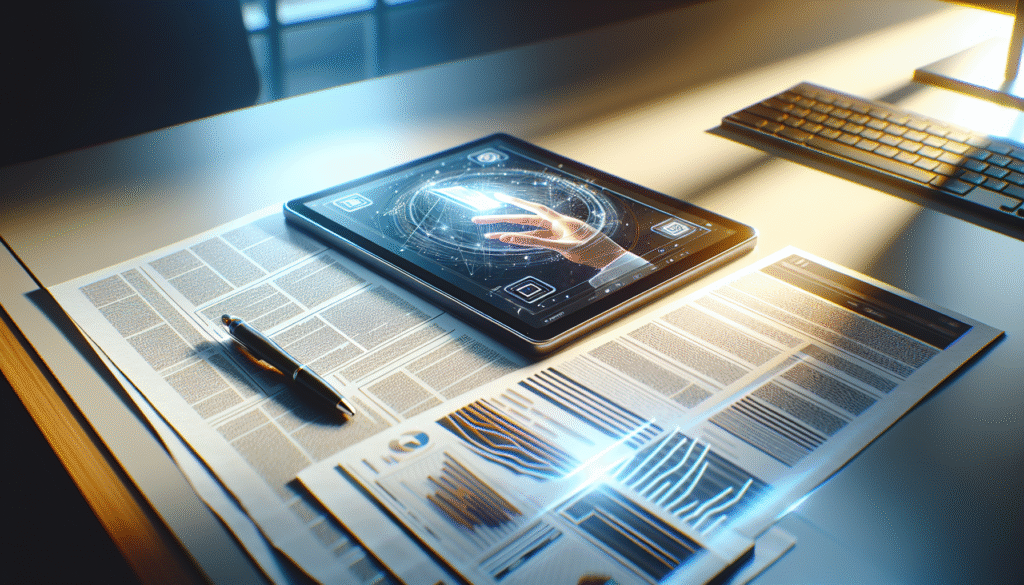
The Rise of the Paperless Office
We’ve been hearing the term “paperless office” thrown around for decades. The idea originally sprouted from the concept that, as technology advanced, we’d no longer require paper for business operations. Let’s consider, though, if this vision aligns with our current reality.
What Does ‘Paperless’ Really Mean?
In theory, a paperless office means that all documents are stored, managed, and shared digitally without the need for printing them out. It involves utilizing tools like PDFs, cloud storage, and electronic communication to reduce or eliminate the use of physical paper. It sounds efficient, right?
Myths About Paperless Offices
- Immediate Cost Savings: While going paperless might reduce spending on paper supplies, the initial investment in technology and training can be significant.
- High Productivity: Digital inefficiencies, such as poor systems or slow transitions, can negate productivity benefits.
- Zero Paper Usage: In reality, certain processes and documents still require physical paper, whether for legality or familiarity.
Advantages of Digital Documents
Having been part of multiple office transformations, I can vouch for the multiple perks digital documents offer:
- Accessibility: With digital files, it’s easier to access information anytime, anywhere.
- Space Efficiency: Digital storage reduces the need for physical file cabinets.
- Environmental Impact: Less paper means fewer trees cut down—a win for the environment.
- Improved Collaboration: Sharing and editing documents in real-time enhances team collaboration.
Challenges of Going Paperless
Despite the benefits, transitioning to a paperless office has its fair share of hurdles:
- Security Concerns: Protecting digital data from breaches can be complex and costly.
- Resistance to Change: Employees who are used to paper may resist adopting new digital practices.
- Technical Dependence: Total reliance on technology makes us vulnerable to glitches and downtimes.
The Persistence of Paper
While dreaming of a paperless utopia is inspiring, we shouldn’t dismiss the enduring role of paper. For many, paper remains a convenient, familiar, and—for lack of a better term—comforting aspect of daily operations.
Why We Still Love Paper
For starters, I’ve always found reading on paper easier on my eyes than staring at screens all day. Then there’s the satisfaction of physically checking items off a printed list. Here are a few more reasons paper persists:
- Tactile Feedback: Physical interaction with paper provides a sensory experience digital cannot replicate.
- Reliable Backup: In times of power outages or tech failures, paper documents serve as dependable backups.
- Legal Requirements: Some industries still mandate physical under original signatures for compliance.
Enhancing Physical Documents
Just because we still use paper doesn’t mean we’re resisting innovation. In fact, traditional office printing is evolving to match the modern office environment with enhancements such as:
1. Integrated Technologies
Modern printers are multifunctional, with capabilities that include scanning, faxing, and wireless connectivity, contributing to a seamless office workflow.
2. Sustainable Practices
More companies are adopting eco-friendly printing practices. Options include using recycled paper, biodegradable ink, and energy-efficient machines.
3. Customized Printing
Advancements in printing technology allow for customizable print settings tailored to diverse business needs, enhancing efficiency.
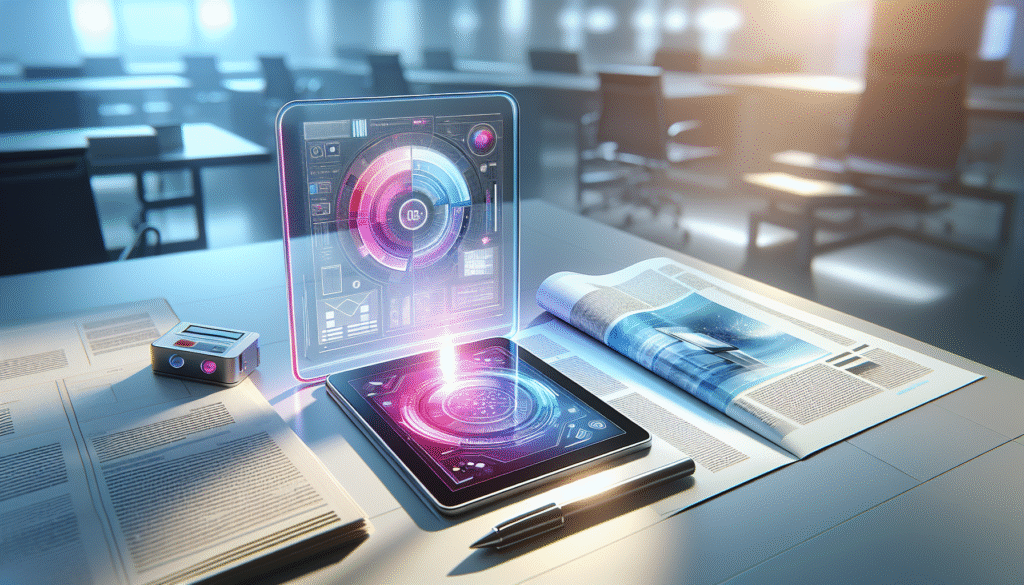
Real-World Comparisons: Paperless vs. Paper-Rich
To lend more clarity, let’s dissect what a paperless office looks like compared to one that still relies heavily on paper.
| Aspect | Paperless Office | Paper-Rich Office |
|---|---|---|
| Document Storage | Cloud-based | Physical filing cabinets |
| Accessibility | Anywhere with internet | Must be physically accessible |
| Collaboration | Instant sharing/editing | Requires copying/sharing |
| Environmental Impact | Lower paper consumption | Higher paper/waste output |
| Initial Cost | High tech investment | Continuous supplies cost |
| Flexibility | Easily adaptable | Less adaptable to changes |
Balancing Digital and Physical
The future of office printing sits at a fascinating crossroads, balancing between the efficiency and accessibility of digital files and the reliability and tangibility of paper. To effectively navigate this landscape, we must look at embracing the best of both worlds.
Blended Office Solutions
- Selective Printing: Print only when necessary to combine the advantages of digital and physical.
- Digital-Physical Integration: Tools like document management systems can organize both types seamlessly.
- Education and Training: Regularly train staff to handle both digital and physical documents efficiently.
The Future of Office Printing
The trend towards digital transformation is undeniable, continually morphing with technology advancements. However, truly sustainable office practices call for conscious efforts towards reducing unnecessary waste and energy consumption, irrespective of whether it involves paper or digital tech.
Predictions for Office Printing
I can’t help but feel both excitement and trepidation looking ahead to how far office printing will morph. Some predictions include:
- Increased Automation: Automation in managing documents will simplify tasks further.
- Advanced Analytics: Data insights from document usage will fuel smarter decision-making.
- Emerging Materials: Alternatives to traditional paper might emerge, offering eco-friendly solutions.
Emphasizing Sustainability
For every step towards reducing paper, there should also be an emphasis on enhancing the sustainability of any remaining paper use:
- Recycling Initiatives: Encourage a recycling culture for all paper waste.
- Energy-Efficient Devices: Opt for devices with green certifications to minimize power usage.
- Supplier Responsibility: Engage with suppliers focused on sustainable forestry practices.
Conclusion
Our path forward in the realm of office printing shouldn’t be strictly about choosing between digital and paper; rather, it should focus on optimizing business efficiency while being environmentally responsible. By leveraging the strengths of both paperless and paper methods, perhaps we can pioneer a future where both can coexist harmoniously, serving the changing needs of workplace dynamics. As we ponder this balance, remember the elegance of a world where both digital ease and paper’s tactile pleasure can complement each other, creating a more enriched office environment for us all.
